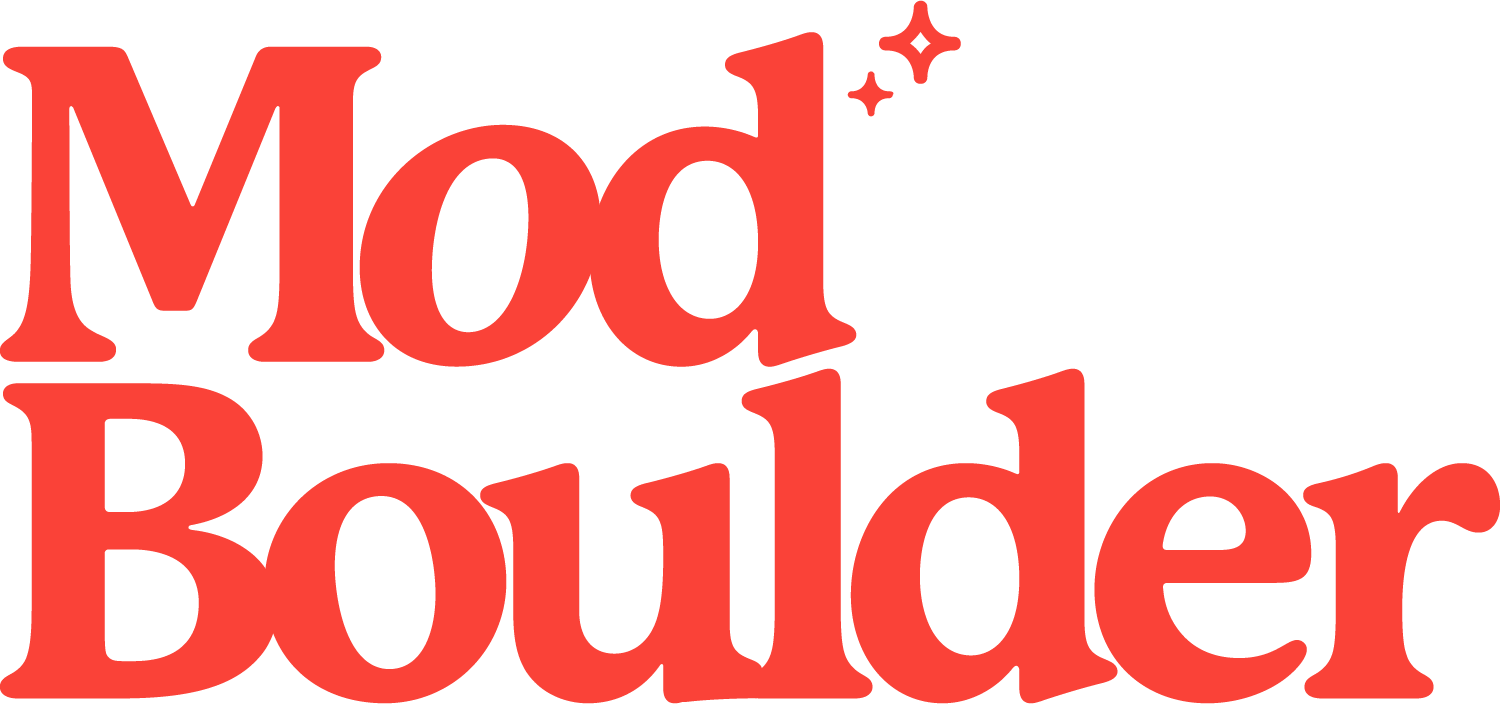The End of the Roaring ‘20s?
These days, the housing market is feeling the proverbial squeeze. Just recently, the Fed chose to battle inflation by increasing interest rates, which surged mortgage rates to their highest level since 2008, causing a trickle-down effect that strips buying power from potential borrowers. But it’s not just the mortgaged who are affected. If cash buyers have their funds tied up in a securities account, they’ll take a hit when cashing out in this bear of a market.
All of this begs the question: is this the end of real estate’s roaring ‘20s? Well, yes. And no. Let’s dive in.
The one thing that hasn’t changed about Boulder’s real estate market is its desirability. This, coupled with our perpetually low inventory, is what will continue to support Boulder’s higher price point. But as we shift from a seller’s market to a more balanced market, change is gonna come: previously sky-rocketing appreciation will stall, a listing’s days on market will increase, and bidding wars will fade like the setting sun behind the Flatirons. So what’s a buyer or a seller to do in these changing times? I’m offering up a little of my own advice.
Strategies for Buyers
Even with the recent surge in mortgage rates, buyers shouldn’t be deterred from pursuing their next home. Sure, a $500,000 mortgage now costs at least $632 more per month than it did a year ago, but that additional expense can be offset by negotiating a price the reflects the increase in costs. Expecting a market downturn to lower real estate prices is simply unrealistic; it’s more likely that prices will plateau. So don’t let higher mortgage rates or the expectation of a market downturn keep you on the sidelines, because in a few years, you’ll be kicking yourself once the market regains momentum.
Strategies for Sellers
In this market, the key to success for sellers is proper pricing. Let’s face it: the appreciation train has reached its terminus. But hey, this was to be expected; the average price increases over the past few years were simply unsustainable in the longterm. For example, if your home was worth $1M a year ago, you can’t automatically expect a ten-percent-plus price bump. Savvy sellers will accept this fact, be grateful for the gains they’ve made, and price their listing accordingly. As mentioned before, buyers’ costs are higher and sellers need to take that into consideration when landing on a price. Being strategic and thoughtful about your list price will be the difference between a successful sale versus lingering for weeks (or—gasp—months!) on the market.
Benjamin Franklin is famous for quoting that “nothing is certain except death and taxes,” but I’d like to add one other certainty to ol’ Ben’s list, and that’s change. We’ve been expecting the market’s skyrocketing trajectory to veer off-course for a few years now, and the time has finally come. But like I said before, this change isn’t all bad—especially if you live within sight of the Flatirons.

